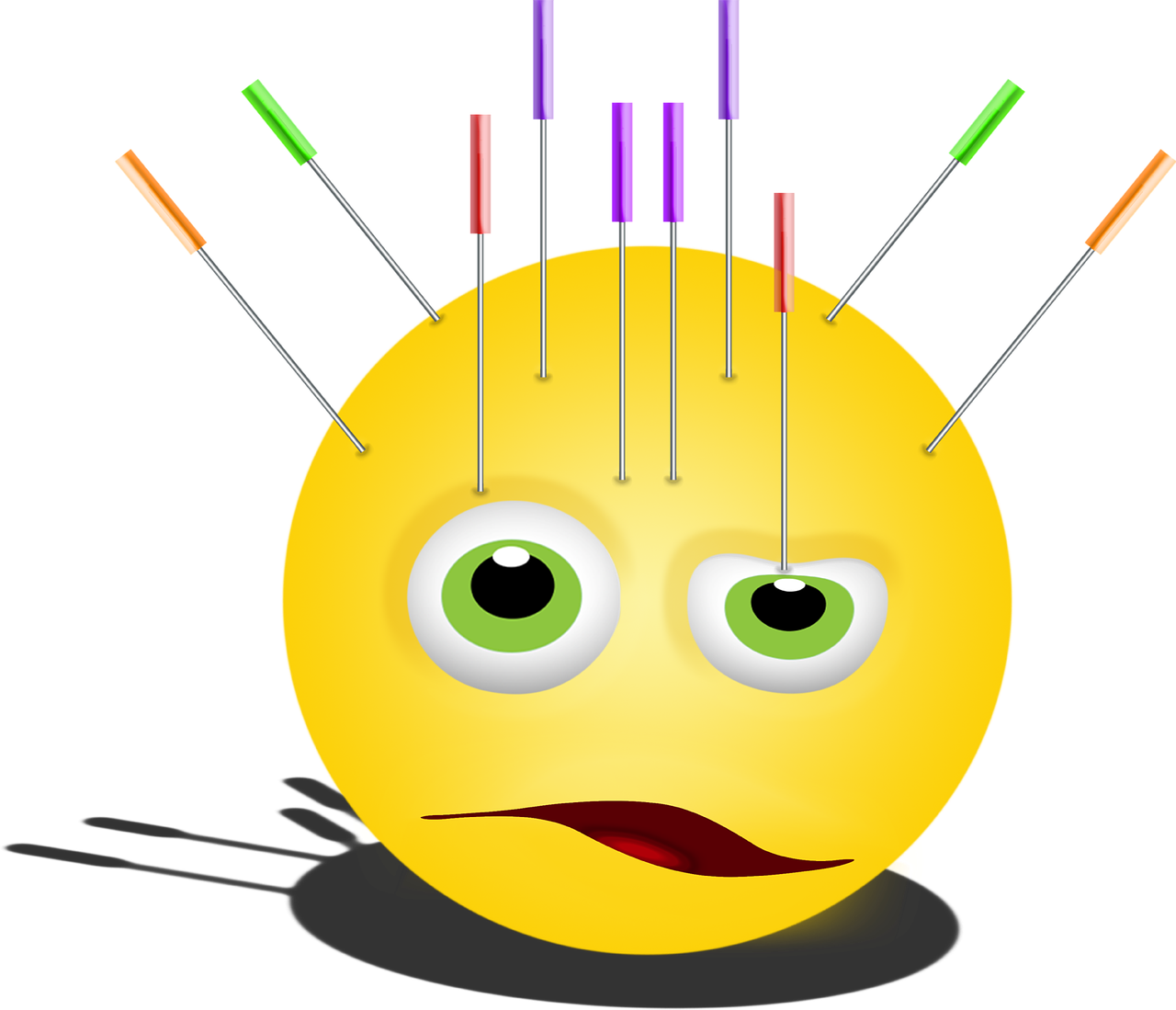Acupuncturists do a systematic review and reveal they can’t reliably locate acupoints. No wonder: they don’t exist.

Even acupuncturists themselves are beginning to wonder. A critical systematic review of accuracy and precision in acupuncture point location was recently published in the Journal of Acupuncture and Meridian Studies. They point out that “Accuracy of point location is essential for safe, efficacious and reliable treatments and valid reproducible research outcomes.” Well, duh! Of course it is! How long has acupuncture been practiced? Why are they only now beginning to wonder if they can actually get an acupuncture needle into the right spot?
The 14 studies they analyzed reported “considerable variation” in localization of acupoints among qualified medical acupuncturists. The “directional method” was found to be significantly inaccurate and imprecise in all studies that evaluated that method. They wondered about the role of education, training, and experience and suggested those be evaluated in future studies.
According to acupuncture theory, acupuncture points (acupoints) are mostly located on meridians, and stimulating these points by insertion of a needle somehow influences the flow of qi, which somehow improves health outcomes (how this all works is very fuzzy). Acupoints, meridians, and qi are not recognized by anatomists or physiologists and can be presumed to represent pre-scientific myths. There are many different systems of acupuncture each of which has a different list of acupoints. In 1991 a World Health Organization Scientific Group composed of acupuncture experts from around the world published a proposed nomenclature listing 361 acupuncture points, 14 main meridians, 8 extra meridians, 48 extra points, and scalp acupuncture lines. The diagrams of scalp acupuncture points superimposed on functional zones of the brain (figures 6 and 7) are intriguing. Are they proposing a new version of phrenology?
A “point” can’t very well be an anatomical structure. Points are one-dimensional. The tip of an acupuncture needle is three-dimensional and could conceivably encompass a point, but how likely is it that an acupuncturist could reliably hit that point? What would determine the depth of needle insertion? How would this relate to ear acupuncture and electro-acupuncture?
If acupoints and meridians were real, wouldn’t they vary in location just as other anatomical structures do? During embryologic development, DNA provides a general recipe but not precise instructions. Just look at the veins on the back of your hands: the location of the veins on your two hands is not identical, and they certainly don’t match the location of veins in other individuals. There are diagrams of dermatomes showing which areas of the skin are innervated by which spinal nerve. There is considerable variation. An area of skin supplied by T6 (the 6th thoracic spinal nerve) in one individual might be supplied by T5 or T7 in another individual. There are 12 pairs of ribs, but about 1 in 200-500 people have an extra cervical rib. A few people have a bifurcated rib. Most of us have 5 lumbar vertebrae, but some of us have 6. Some people are born with a solitary kidney instead of the usual pair. I could go on…So why should we assume acupoints are more predictable?
Even when you know where a blood vessel is, it can be tricky to get a needle into the right place from which to draw blood. As a medical student I learned to draw blood from the radial artery at the wrist for arterial blood gas testing. I would feel the pulsations with each of two fingers and try to direct the needle between them where I knew the artery had to be, but sometimes I still failed to get a blood sample. And every phlebotomist can tell you it’s not always easy to get blood from a big, visible vein. So I find it hard to believe that acupuncturists could get their needles into exactly the right spot at the right depth.
Acupoints are located by anatomical landmarks and by measurements from those landmarks. Imagine a massively obese 600-pound person with a belly that hangs down to the knees. Trying to locate an acupoint on that immense belly with reference to anatomical landmarks seems like a lost cause.
This study represents Tooth Fairy Science at its most ridiculous. They tried to assess the reliability of locating points that have never been shown to exist. An exercise in futility, if you ask me.
An authoritative list of what conditions can effectively be treated by acupuncture can only be drawn up after each claim of efficacy has been examined and either verified or rejected. There is, so far, no such agreed list.
That says a lot. After centuries of practice, acupuncturists still can’t even agree on a single claim of efficacy. Acupuncture is a theatrical placebo.
Conclusion: acupoints don’t exist, and even if they did, acupuncturists couldn’t find them.
This article was originally published in the Science-Based Medicine Blog.
